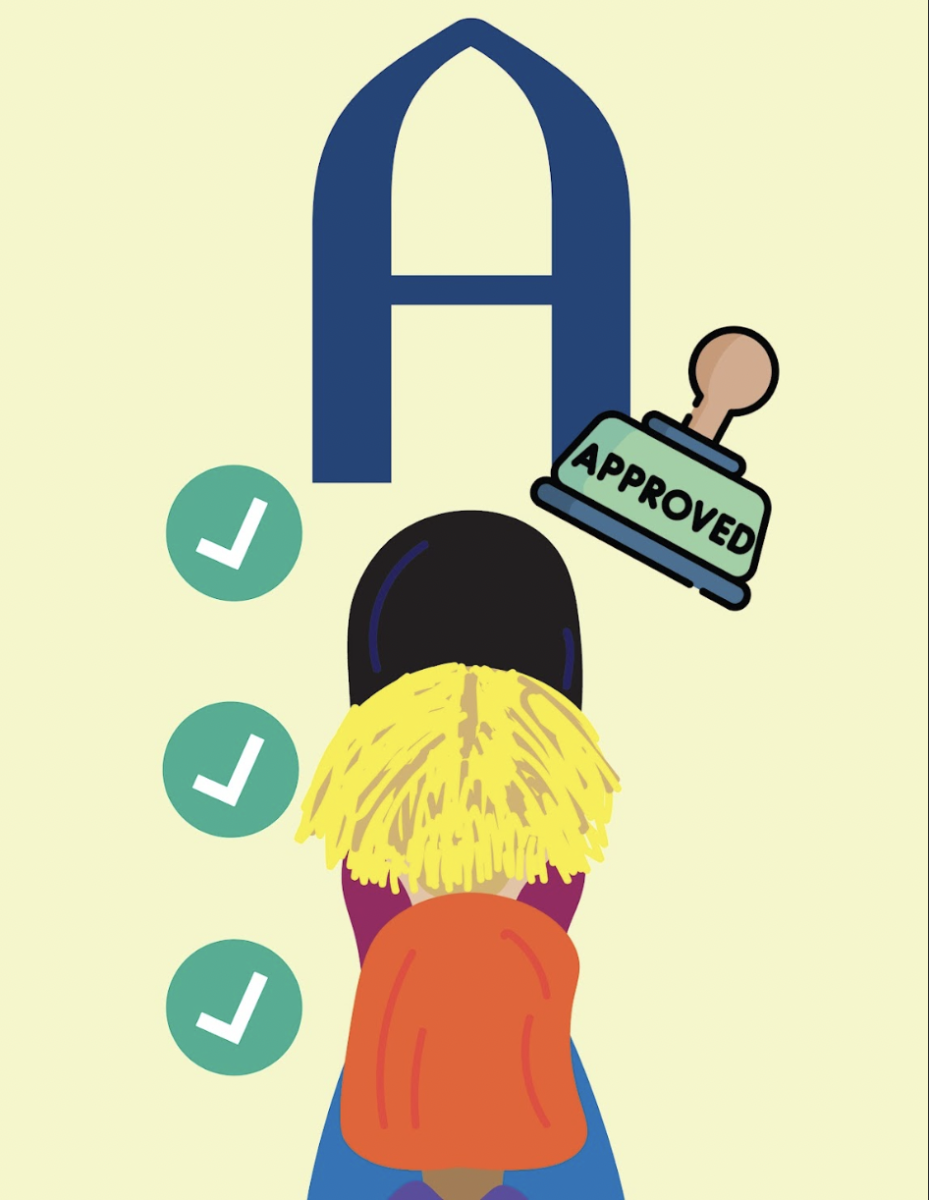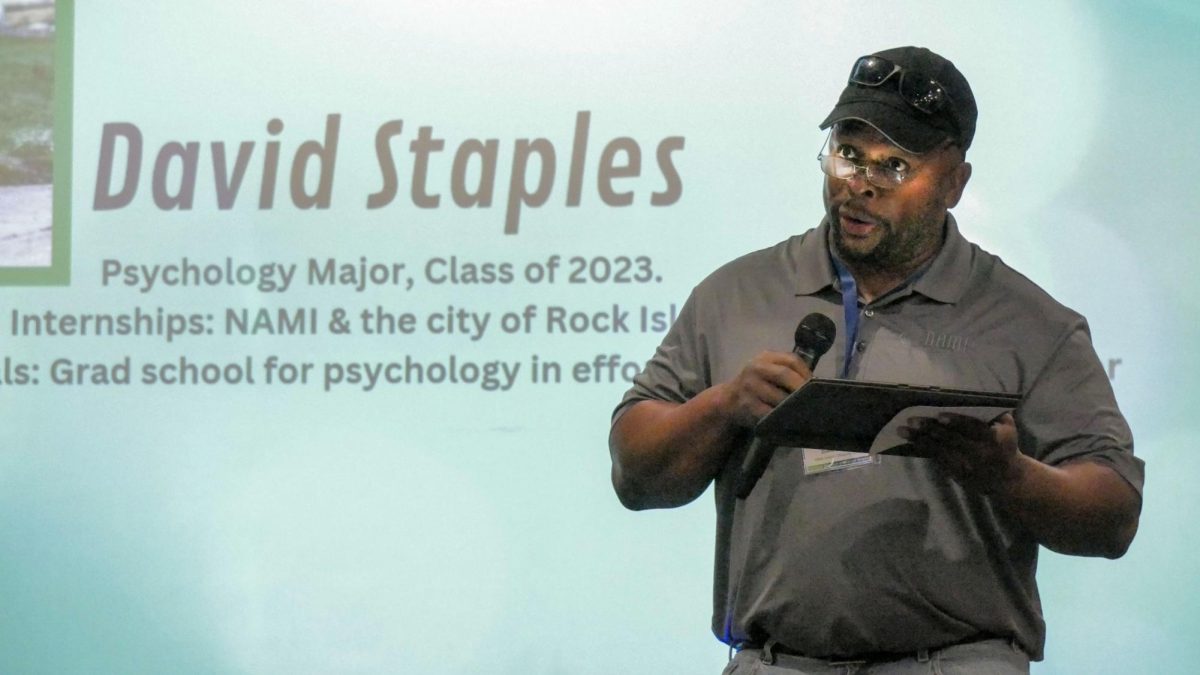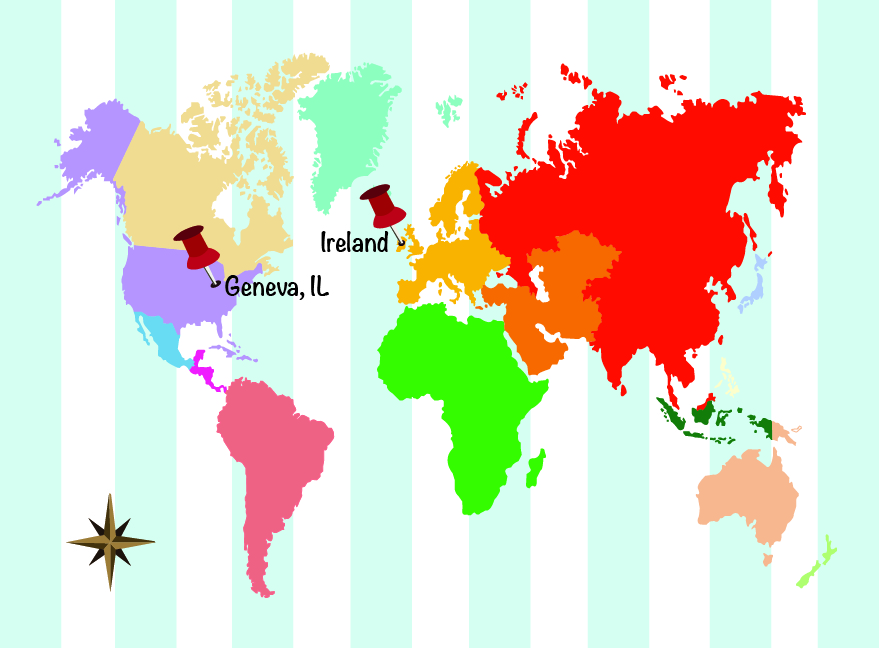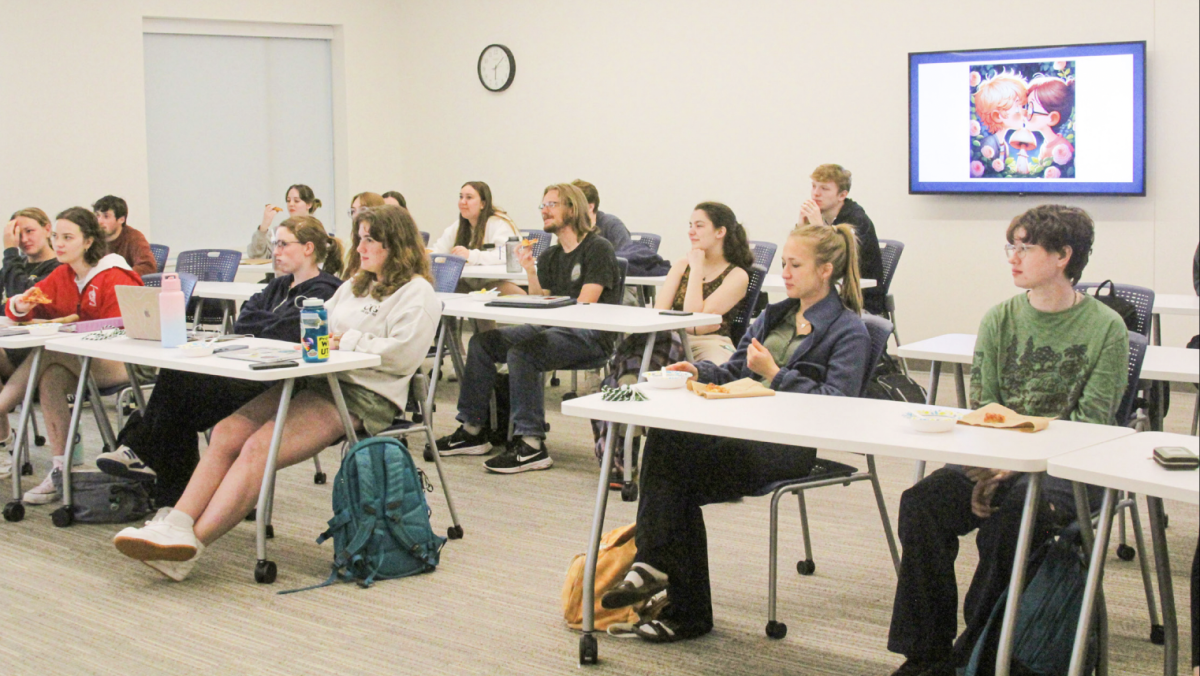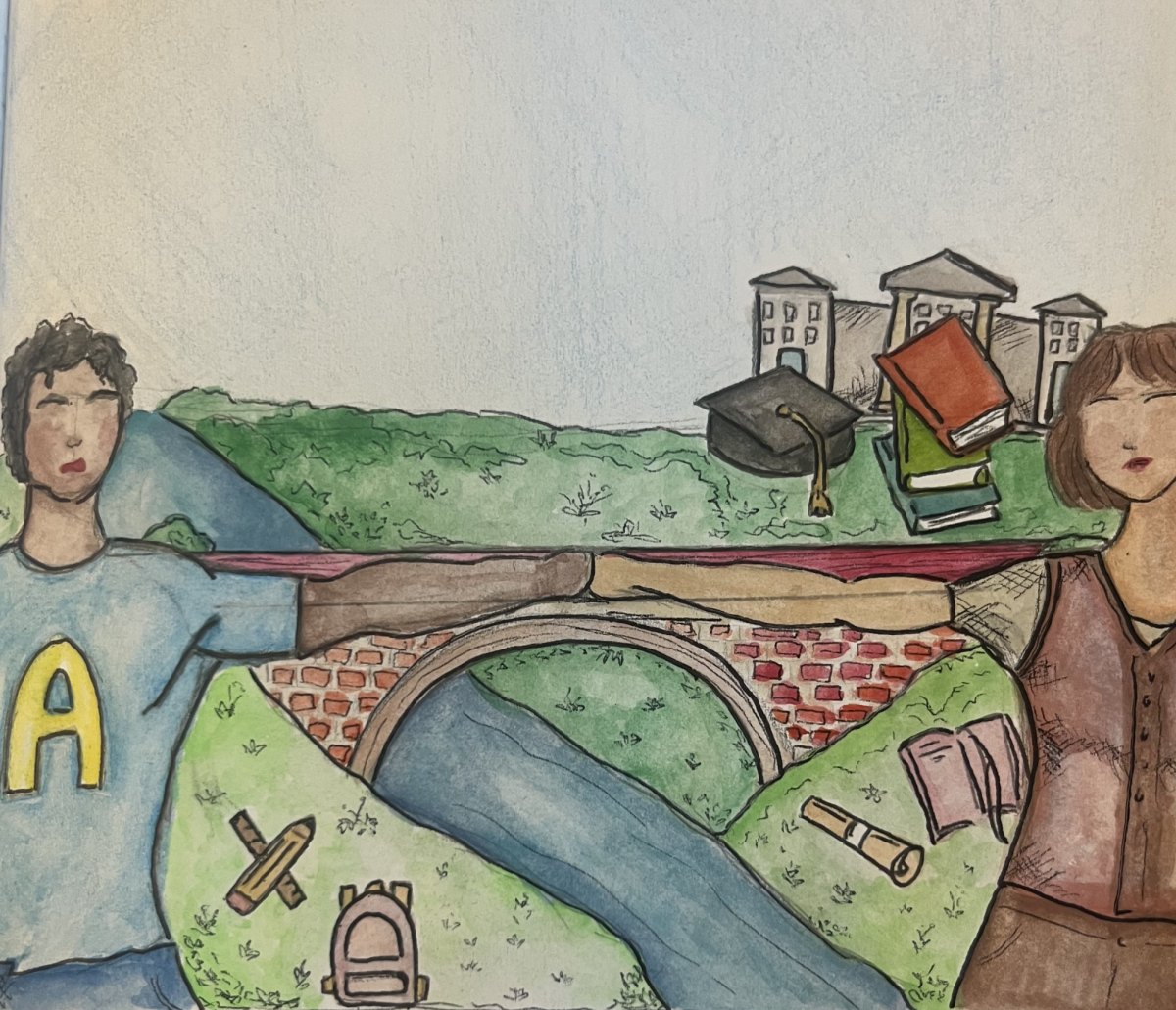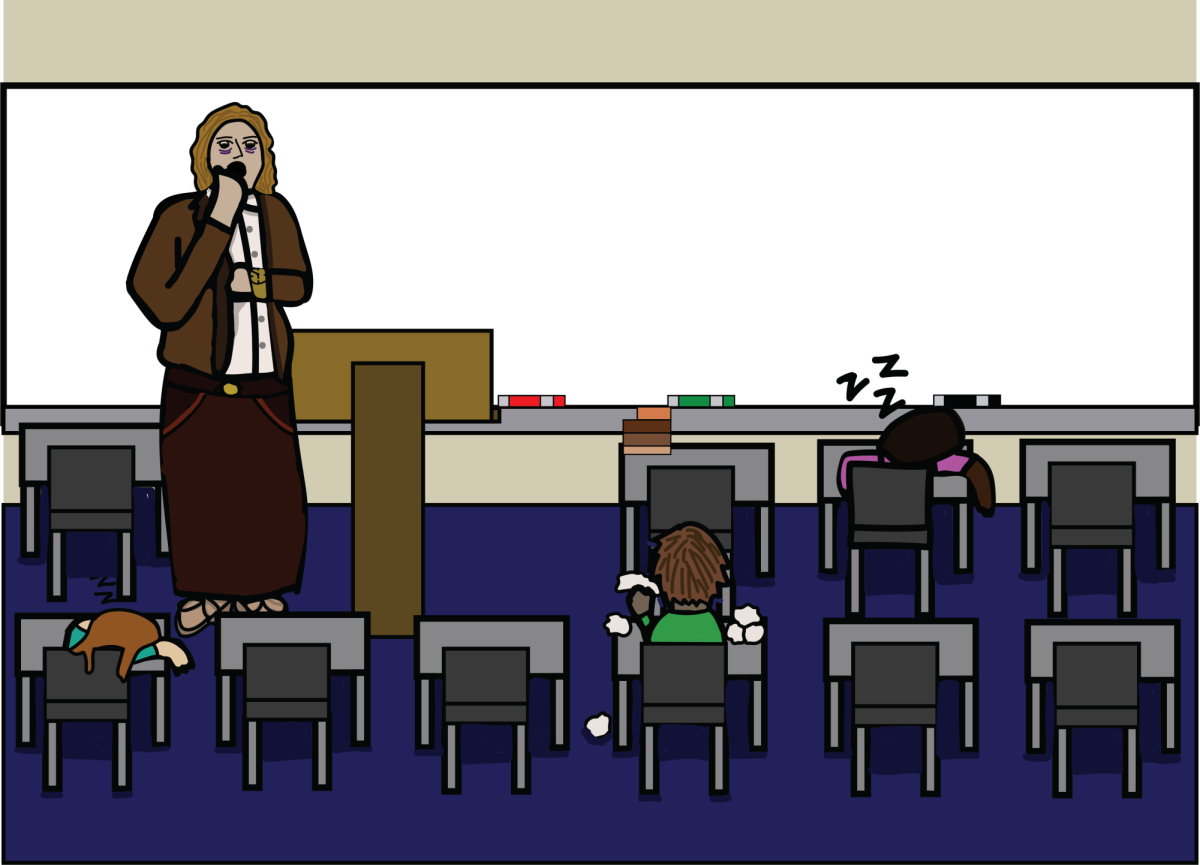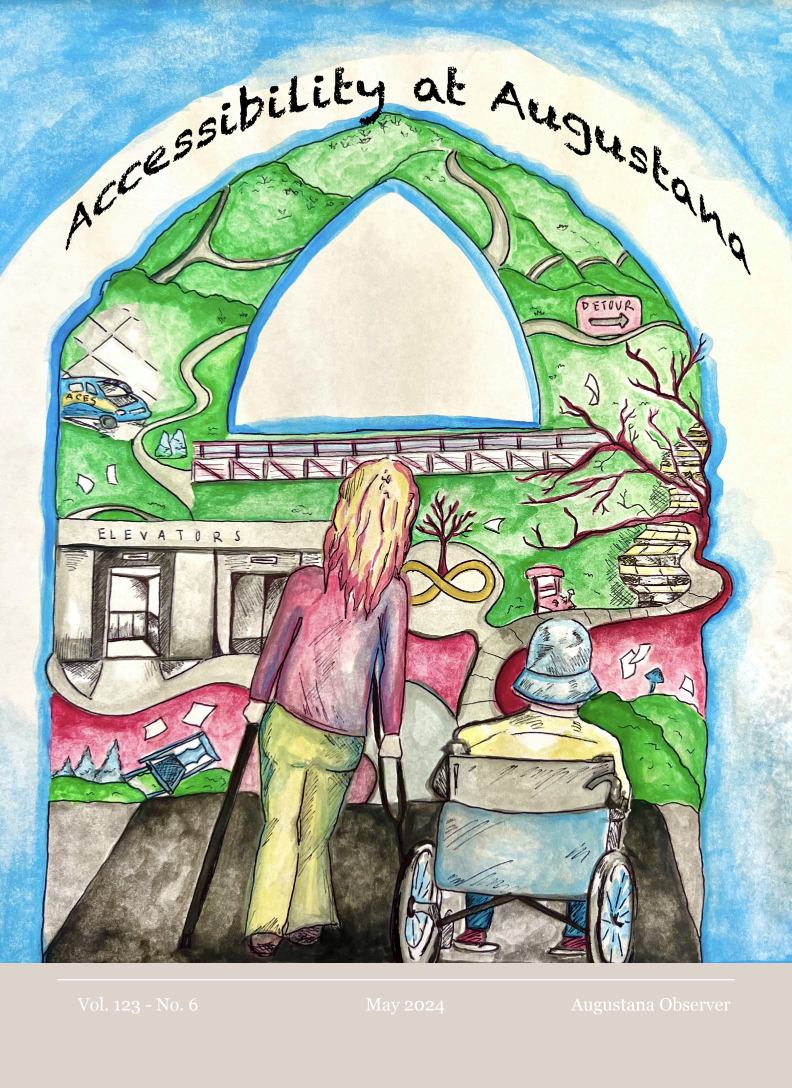The United States has faced significant inflation in recent years, as shown in a 2023 report on personal consumption expenditures (PCE) and consumer price index (CPI) from the White House.
PCE and CPI both measure how much a person spends on goods and services, while they differ in exactly what they measure and to what degree they are impacted by change.
Augustana’s cost of tuition for the 2024-2025 school year is $64,100, but according to the US Government College Scorecard, most Augustana students pay about $23,000 a year after financial aid is applied.
According to Kirk Anderson, chief financial officer and vice president of administration, the business office has two main considerations: keeping Augustana affordable while also remaining attractive for employees.
“We’re constantly figuring out, ‘what can we afford with what we have?’” Anderson said. “We ask ourselves, ‘what is important for the student experience?’”
Sports, music, clubs and Greek life are just a few ways for students to make the most of their time at Augustana. While the price of college is steep, Anderson said this reflects the myriad of components that make up the college itself.
“Four or five sources of revenue might take care of 150 different expenses,” Anderson said.
According to Anderson, these revenue sources include tuition, housing revenue, dining revenue, the endowment— which is money the school has invested—and gifts.
In addition, the children and/or partner of any employee who has been at Augustana for more than two years can take classes at Augustana through tuition remission. The reasoning for this is similar to the reasoning for in-state tuition, which public schools offer. In both cases, a person benefits from contributing to the school.
“[Employees] have already put money in, therefore you get a discount,” Anderson said.
One difference in the financial situation between public schools and private schools is that public schools also receive state money, which comes from taxes.
According to junior Morgan Janes, many students from the Quad Cities are the children of employees.
“There’s a small percentage of local students on campus who do pursue school here, and it changes our worldview of where we grew up completely,” Janes said.
Though many schools make an effort to increase affordability, this only fixes so much. He attributes the high cost of college not to greed but to the impact of inflation. Janes said this is a challenge that students from economically disadvantaged backgrounds in particular grapple with.
“The cost of purchasing a house has gone up, the cost of purchasing a vehicle has gone up [and] the cost of college has gone up, but wages have not gone up to meet that,” Janes said. “College feels expensive [now] because it costs more and the dollar is worth less.”
But, Janes said, it’s about more than just the cost.
“I’m a first-generation college student,” Janes said. “I didn’t even know how to write the applications [for grants]. My high school counselors didn’t even know.”
It’s difficult to overstate the importance of understanding the financial framework of higher education, something, according to James, that is unfamiliar to many from the Quad Cities.
“I went to Rock Island High School and, in my graduating class, less than 10% had been accepted to college,” Janes said. “I don’t know anyone I graduated with whose parents went to college. It just wasn’t prevalent.”
This, according to Janes, reflects an information gap as much as it also reflects a financial gap in what Quad Cities residents can afford.
While the actual cost of Augustana is significantly lower than the initial sticker price, according to College Scorecard, that price is still expensive for people from the Quad Cities.
According to the US Bureau of Economic Analysis, the per capita annual income of Rock Island County in 2022 was about $48,000. The per capita annual income of Scott County in the same year was about $63,000.
Rock Island County ranks 80th of 102 counties in Illinois while Scott County ranks 36th of 99 counties in Iowa
Janes, in spite of these economic struggles, said he feels optimistic about his future. In January, he studied abroad in Japan and soon will be presenting at Celebration of Learning.
“My high school language department is livestreaming it for their students because they want them to believe that there is a possibility that they can get out of the situation that their parents are in,” Janes said.
